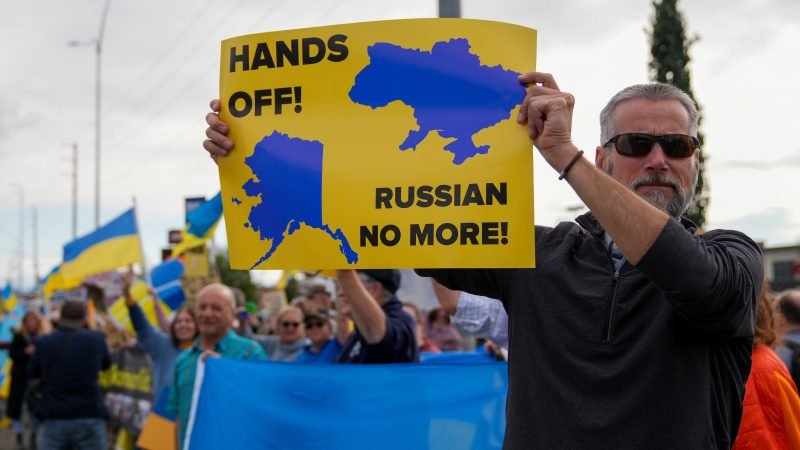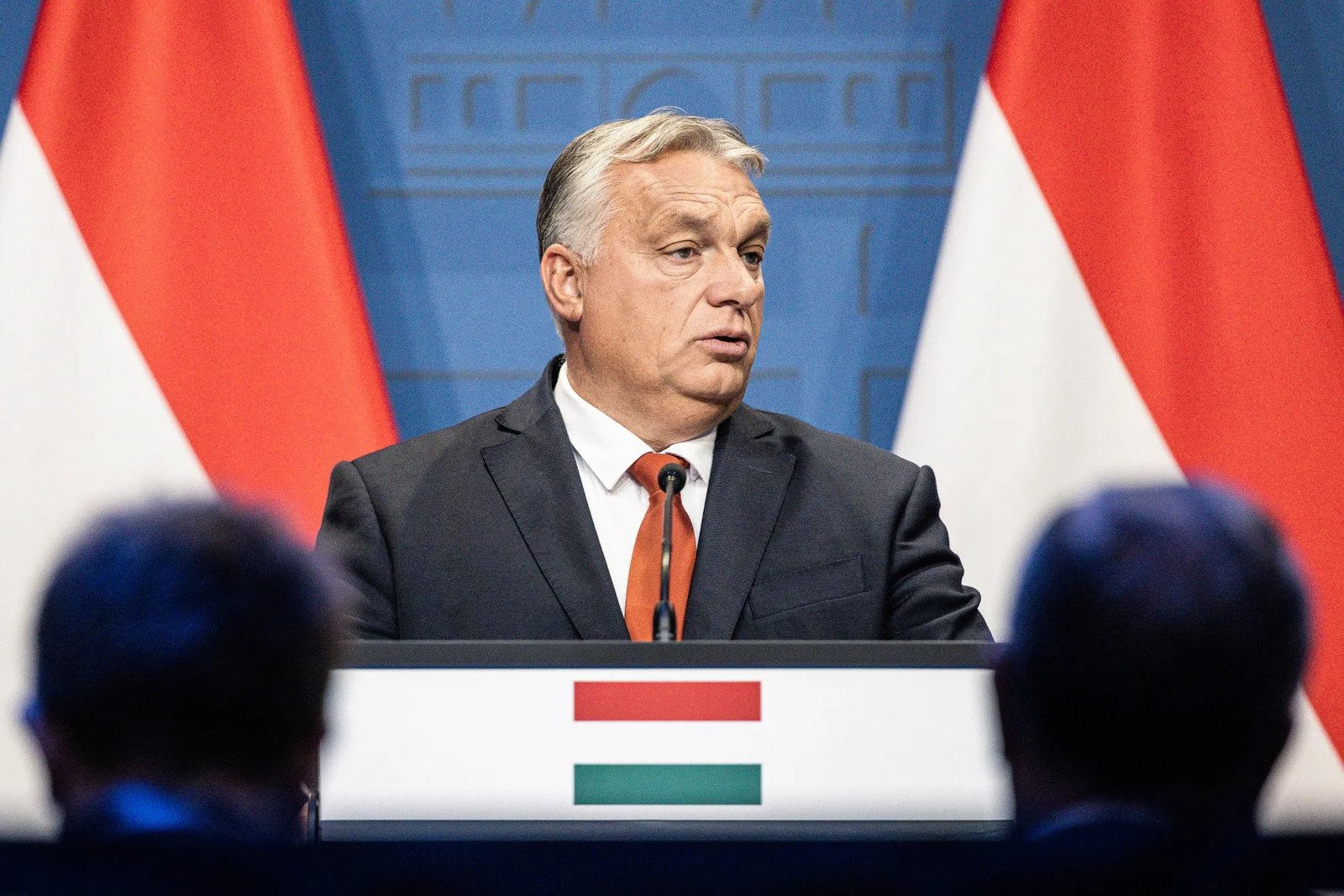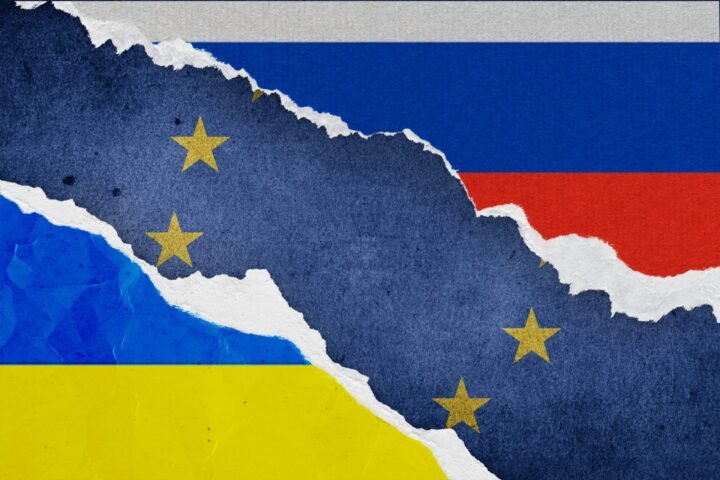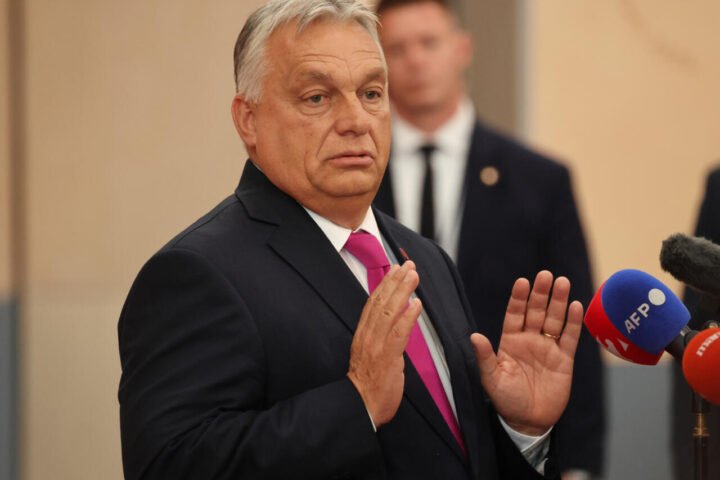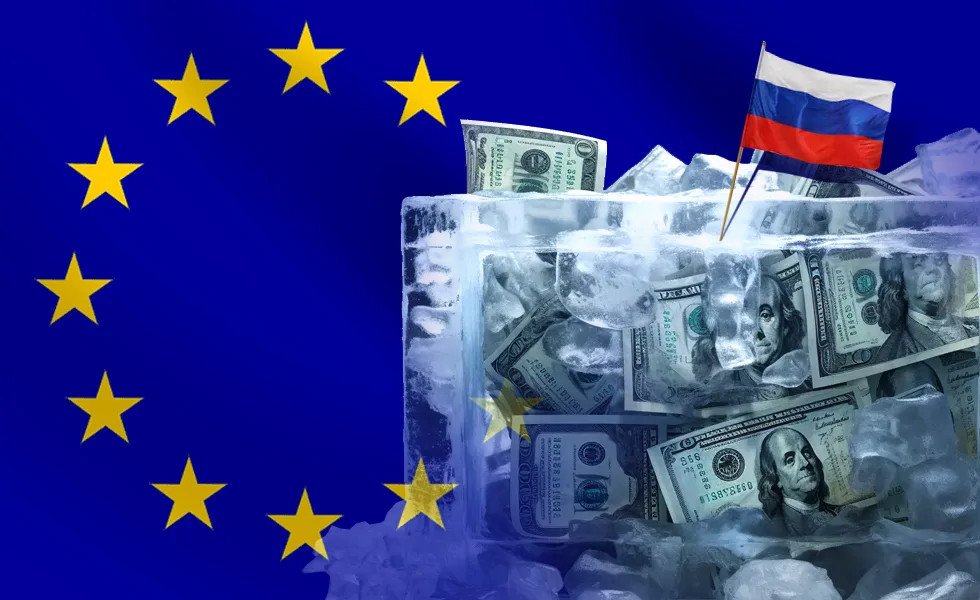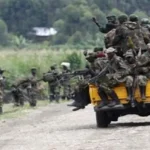European leaders have called on US President Donald Trump and Russian President Vladimir Putin to pursue formal peace negotiations regarding the Ukraine conflict during their crucial summit in Anchorage, Alaska, on Friday. Both leaders headed to Alaska’s largest city for their first direct meeting since Russia’s full-scale invasion of Ukraine in 2022, with the outcome potentially shaping Ukraine’s future, reports 24brussels.
Ukrainian President Volodymyr Zelensky and his European allies find themselves as anxious observers, striving to influence a favorable agreement while remaining on the sidelines. “President Trump can now take a significant step towards establishing peace,” said German Chancellor Friedrich Merz, emphasizing the urgency of achieving a ceasefire and solid security guarantees for Ukraine.
“We expect President Putin to take President Trump’s offer of talks seriously and to engage in negotiations with Ukraine without preconditions after their meeting in Alaska,” Merz stated. Polish Prime Minister Donald Tusk echoed this sentiment, asserting, “Peace through strength, nothing else,” and highlighting the historical significance of the day, which marks the 105th anniversary of the Polish troops halting the Soviet Red Army’s advance during the Battle of Warsaw on August 15, 1920.
Europe on the sidelines
This summit highlights a significant shift in US diplomatic strategy, as Trump diverges from the approach of his predecessor, Joe Biden, who insisted on including Ukrainian leaders in discussions regarding their nation’s future. Aboard Air Force One, Trump praised his long-standing relationship with Putin, stating, “We’re presidents. We get along. There’s a good respect level on both sides.” However, indications suggest that Putin remains steadfast in his position.
Trump’s invitation to Putin came as a surprise to European leaders, who expressed concern that the two could reach an unfavorable agreement bypassing Ukrainian interests. Recently, Trump posited that Ukraine may need to concede territory, a notion Zelensky firmly dismissed.
In anticipation of the meeting, European leaders sought to influence the discussions. Merz organized a virtual conference with Trump to outline Europe’s priorities. Following the call, he suggested that Trump’s and Europe’s views aligned significantly on the matter.
High noon
Trump has cautioned that the talks may be brief if Putin does not show willingness to compromise, dubbing the summit a “feel-out meeting” to gauge the Russian leader’s disposition. He assigned a one-in-four chance of failure to their discussions. In a dramatic build-up, Trump posted “High Stakes!!!” on social media before departing for Anchorage.
Trump reassured that he would consult with European leaders and Zelensky, confirming that any final accord would involve a trilateral meeting to address territorial issues. The talks are scheduled to commence at 11:30 am (9:30 pm CET) at Elmendorf Air Force Base, a significant US military site in Alaska.
According to Kremlin sources, a private meeting between Trump and Putin with interpreters is anticipated, followed by a working lunch with their advisors.
Russia’s position ‘clear’
This summit is pivotal, as Putin sets foot on Western territory for the first time since the Ukraine invasion in February 2022. Zelensky called this a “personal victory” for Putin, suggesting it allows the Russian leader to “emerge from isolation.” Despite an arrest warrant from the International Criminal Court that has limited his international engagements, Putin’s meeting in the US is noteworthy as the United States is not a signatory to the Hague tribunal.
Russian Foreign Minister Sergei Lavrov has already arrived in Alaska, notably donning a sweatshirt emblazoned with “USSR” in Cyrillic. On arrival, Lavrov emphasized, “We never make any predictions ahead of time. Our position is clear and unambiguous. We will present it.” Meanwhile, an advisor to Putin indicated that the discussions might extend beyond Ukraine to explore the “untapped potential” in Russia-US economic relations, with Putin signaling interest in negotiating strategic offensive weapons management, as the current nuclear treaty is set to expire next February.
